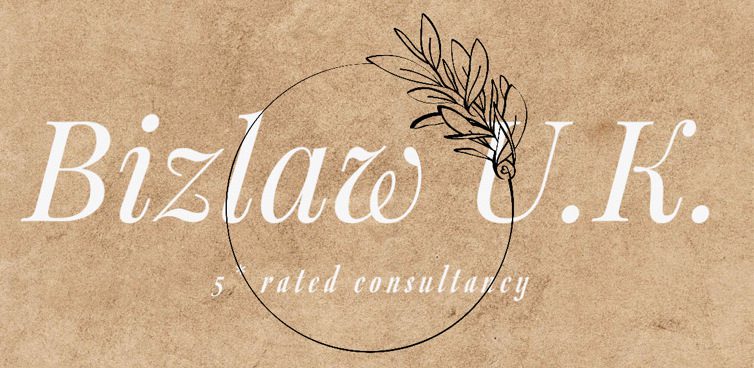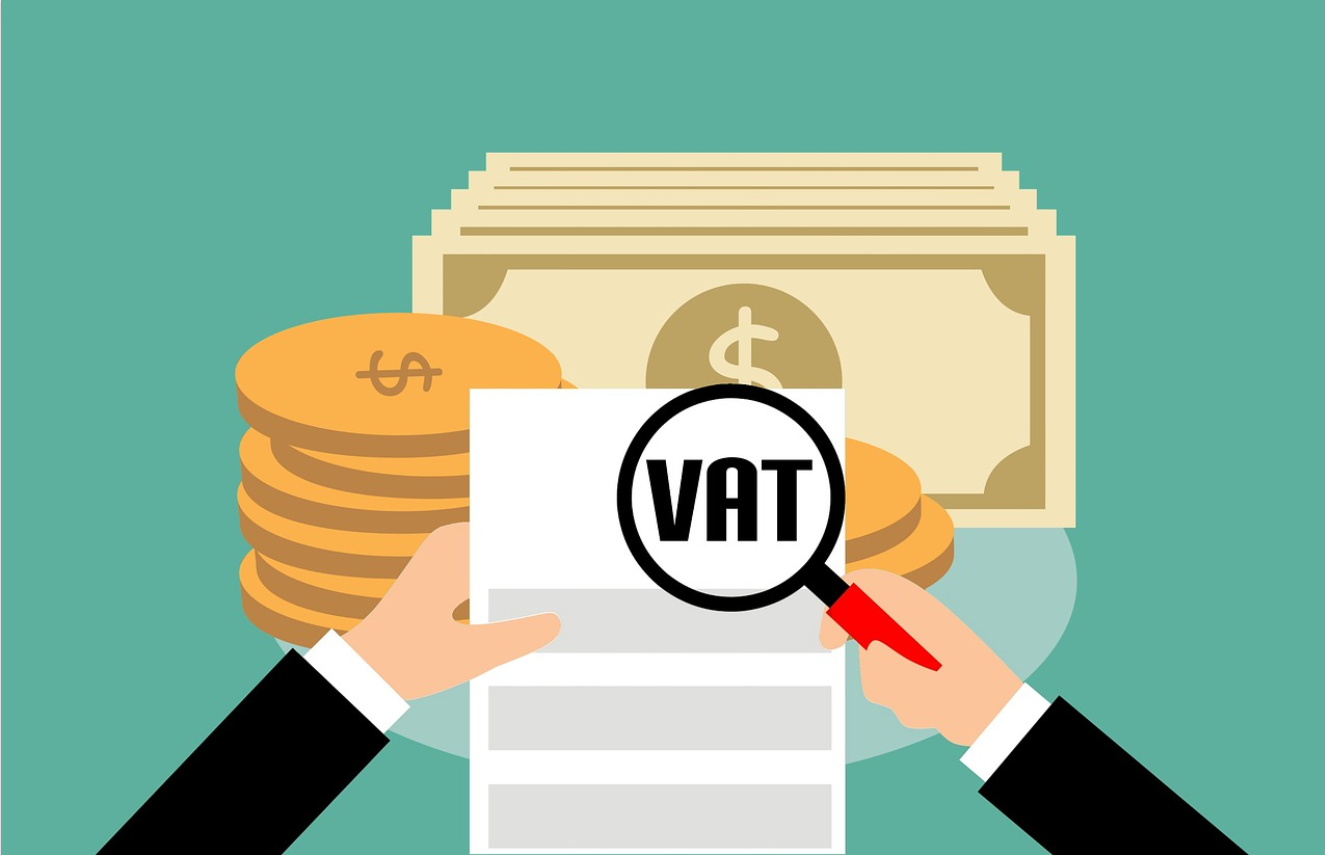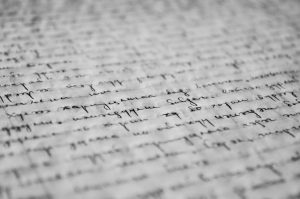|
Getting your Trinity Audio player ready...
|
How does VAT work?
You can only charge Value-added tax if your business is registered for VAT. VAT is charged on things like:
- Business sales – for example when you sell goods and services.
- Hiring or loaning goods to someone.
- Selling business assets.
- Commission.
- Items sold to staff – for example, canteen meals.
- Business goods used for personal reasons.
- Non-sales like bartering, part-exchange, and gifts. A taxable supply is one that is subject to taxes.
Responsibilities of Value-added tax
Value-added taxes -registered businesses:
- Must charge Value-added taxes on their goods or services.
- May reclaim any Value-added tax they’ve paid on business-related goods or services.
- Must account for import value-added taxes on their VAT return if they use import VAT this way (known as ‘postponed VAT accounting’). If you’re a VAT-registered business you must report to HM Revenue and Customs (HMRC) the amount of VAT you’ve charged and the amount of VAT you’ve paid. Your Value-Added Tax Return, which is due in three months, is a form for reporting.
- You may want to appoint an agent to deal with HMRC on your behalf.
- You must account for Value-added taxes on the full value of what you sell, even if you:
- Receive goods or services instead of money (for example if you take something in part exchange).
- The customer hasn’t been charged with VAT; whatever price you charge will include VAT.
If you’ve charged more VAT than you’ve paid, you have to pay the difference to HMRC. If you’ve paid more VAT than you’ve charged, you can reclaim the difference from HMRC.
Value-added tax rates- There are 3 different rates of VAT and you must make sure you charge the right amount.
- Standard rate- Most goods and services are standard rates.In general, you should charge this rate unless the goods or services are exempt or reduced. This includes any goods below the distance selling threshold you supply from Northern Ireland to non-value-added taxes registered EU customers. If you go over the threshold, you’ll have to register for VAT in that country.
- Reduced rate– When you charge this rate can depend on what the item is as well as the circumstances of the sale, for example:
- We charge 5% for kids’ car seats and domestic fuel or power.
- When it comes to home-installed mobility aids for older people, there is a 5% discount if the goods are for an older person over 60.
- Zero rate- Zero-rated means that the goods are still VAT-taxable but the rate of Value-added tax you must charge your customers is 0%. You still have to record them in your VAT accounts and report them on your VAT Return. Examples include
- Books and newspapers
- Children’s clothes and shoes
- Motorcycle helmets
- Most goods you export from England, Wales, and Scotland (Great Britain) to a country outside the UK
- Most goods you export from Northern Ireland to a country outside the EU and the UK
- Goods you supply from Northern Ireland to a VAT registered EU business – you can check if the VAT number is valid.
- If you sent goods to the EU from Northern Ireland, you’ll need their VAT number and paperwork proving that the goods have been sent within certain time limits (usually 3 months).
- Rates can change and you must apply any changes to the rates from the date of the change.
What you must do when charging Value-added tax
You need to know the right Value-added tax rate so you can charge it correctly and reclaim it on your purchases. If a transaction is a standard, reduced, or zero-rated taxable supply, you must:
- Charge the right rate of VAT.
- Work out the VAT if a single price is shown that includes or excludes VAT.
- Show the VAT information on your invoice.
- The transaction in your VAT account must be shown- a summary of your VAT.
- Show the amount on your VAT Return.
You may be able to reclaim the VAT on purchases that relate to these sales.
For assistance regarding the registration for VAT and its responsibilities or any accountancy services contact help@bizlawuk.co.uk or WhatsApp 07583452230 to be connected to an expert. Visit www.bizlawuk.co.uk to find out more about how we can help you with our other services.
Value-added tax inclusive and exclusive prices
You will need to calculate VAT when charging goods and services, or when estimating the value-added tax on items sold including VAT.
- VAT-inclusive prices- To work out a price including the standard rate of VAT (20%), multiply the price excluding Value-added taxes by 1.2. To work out a price including the reduced rate of Value-added taxes (5%), multiply the price excluding Value-added taxes by 1.05.
- VAT-exclusive prices- To work out a price excluding the standard rate of Value-added taxes (20%) divide the price including VAT by 1.2. To work out a price excluding the reduced rate of Value-added taxes (5%) divide the price including Value-added taxes by 1.05.
When not to charge VAT-You cannot charge Value-added tax on exempt or ‘out of scope’ items.
- Exempt goods and services- Exempt goods or services are supplies that you cannot charge VAT on. If you buy or sell an exempt item you should still record the transaction in your general business accounts. Examples of exempt items include:
- insurance
- postage stamps or services
- health services provided by doctors
Get a list of goods and services that are VAT exempt.
VAT registration– Businesses that sell only Value-added taxes -exempt goods and services cannot register for Value-added taxes. If you start selling items that aren’t exempt, you can register for Value-added taxes voluntarily. You must register if the total value of non-exempt goods and services goes over the Value-added taxes taxable turnover threshold.
- Out of scope- Some goods and services are outside the VAT tax system so you cannot charge or reclaim the VAT on them. For example, out of scope items include:
- goods or services you buy and use outside the UK
- statutory fees – like the London congestion charge.
- goods you sell as part of a hobby – like stamps from a collection.
- donations to a charity – if given without receiving anything in return.
Charging Value-added tax to charities
As a VAT-registered business, you can sell certain goods and services to charities at the zero or reduced rate of VAT. It’s your responsibility to check the charity is eligible, and to apply the correct rate.
Check the charity is eligible- To make sure the charity is eligible, ask them for:
- Evidence that they’re a charity.
- A written declaration or ‘certificate’ confirming they meet the conditions for the particular VAT relief.
Items that qualify for the reduced rate- You may be able to apply the reduced VAT rate when you sell fuel and power in certain circumstances to an eligible charity.
Items that qualify for the zero rate- You may be able to apply zero VAT when you sell the following to an eligible charity:
- Advertising and items for collecting donations
- Aids for disabled people
- Construction services
- Drugs and chemicals
- Equipment for making “talking” books and newspapers
- lifeboats and associated equipment, including fuel
- Medicine or ingredients for medicine
- Resuscitation training models
Equipment for medical and veterinary use- You may also be able to zero-rate some other medical and veterinary equipment when you sell it to:
- Certain health bodies, for example, NHS Trusts.
- Not-for-profit research institutions.
- Charities that provide institutional care, or medical or surgical treatment for chronically sick or disabled people.
- Transport services for disabled people provided by charities
- Charities that provide rescue or first aid services to humans or animals.
- Someone buying it specifically for donation to one of these bodies.
The money used to buy the equipment must be from charitable or donated funds. This should be stated on the eligibility declaration.
Returned goods- When you return goods to a supplier or a customer returns goods to you, the balance of payment can be settled by issuing either a
- Replacement invoice
- Credit or debit note
- Replacement invoice :If you exchange the goods for goods of the same value you don’t need to issue a new VAT invoice.
- Credit and debit note: These must show the same information as the VAT invoice and:
- Why it was issued.
- The total amount credited, excluding VAT.
- The number and date of the original VAT invoice
Discounts and free gift
- Discounts– VAT may have to be charged on discounts and deals.
- Exceptions for gifts and link-save offers- There’s no VAT due on gifts given to the same person if their total value in a 12 month period is less than £50. VAT is charged on the combined value of link-save items if the incentive product:
- Has a resale value of less than £1.
- Has a sale value of less than £5.
- Costs you less than 20% of the total of the other items in the offer.
- Isn’t sold at a separate price from the main product.
Free goods and services– You don’t have to pay VAT on things like free samples if they meet certain conditions.
For assistance regarding the registration for VAT and its responsibilities or any accountancy services contact help@bizlawuk.co.uk or WhatsApp 07583452230 to be connected to an expert. Visit www.bizlawuk.co.uk to find out more about how we can help you with our other services.




